It’s not possible to define Cartagena. Historians have invented another Cartagena that has nothing to do with the real one.
-Gabriel Garcia Márquez-
Cartagena de Indias is a paradise. That’s the truth. People always travel to Cartagena expecting to find paradisiacal beaches of white sand and turquoise sea. But, to their surprise, they find exactly that and more … they find a dream city. Cartagena is also a tourist destination for sun, beach and water sports, among other options.
Cartagena is warm hearted people, with passion running through their veins. It is cobbled streets with colourful houses that give you summer night dreams.
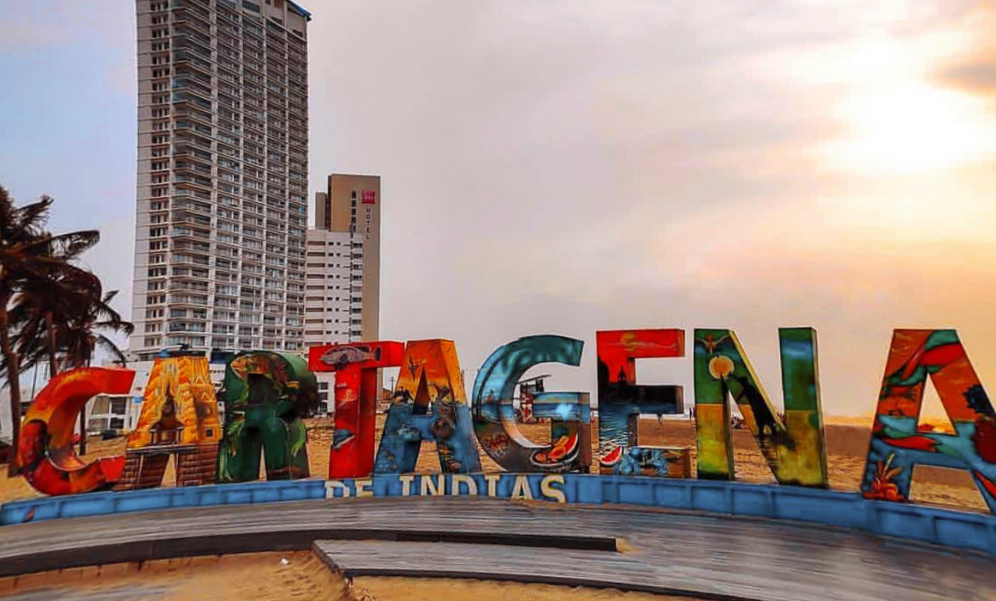
Where it is
Cartagena de Indias is a district located in the north of Colombia on the coasts of the Caribbean Sea. It is the capital of the Bolivar department. The magic of the city rests on the foundations of its fortifications, the warmth of its people and its architecture. This city is an open-air museum.
Since the beginning, Cartagena de Indias was one of the most important ports in America and it has a rich history and a great artistic and cultural heritage. Given its location, it was the target of many pirate attacks who wanted to loot the Spanish administration of the time. That is why a fortification was built around the city and today, the walled city of Cartagena is visited by thousands of tourists a year.
Several centuries ago, this city was known as the jewel of the Spanish crown. Today, it is one of the most important cities in South America.
Colombians also know it as “La Heroica”. It received this name because its people heroically resisted 105 days of hunger and attacks by Spanish troops led by Pablo Morillo.
Today the historic center of the city welcomes everyone and is full of beautiful restored houses, surrounded by attractive, dynamic and exotic squares and streets.
Unveiling the city: Getsamaní, Ciudad Amurallada and Bocagrande
For me, Cartagena is synonymous with adventure, freedom, unbridled passion, starry nights and crashing waves, ballenatos on the beach, fun and lots of love. Cartagena has a lot of hidden gems that will amaze you.
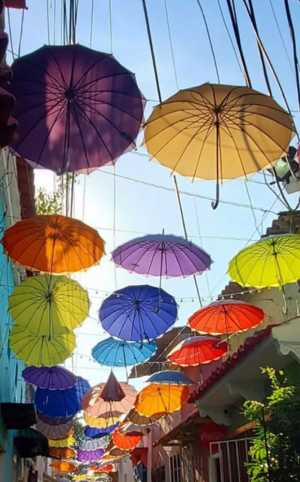
Cartagena de Indias has several areas, and the main tourist attractions are at a distance that is easily traveled on foot. To walk is a delight since the climate and the people are charming. But, there are three basic ares in which most tourists find themselves. These are: the old town, the Getsamaní neighbourhood or the modern Bocagrande area.
To find the most authentic Cartagena you have to go far away from the most touristic places (walled city and beach areas). If you want to take the pulse of the city, the place to visit in Cartagena de Indias is the Getsamaní neighbourhood. This neighbourhood is located just outside the walls.
The beautiful walled city is facing the Caribbean Sea. Its streets are flanked by colorful colonial facades with balconies where flowers hang.
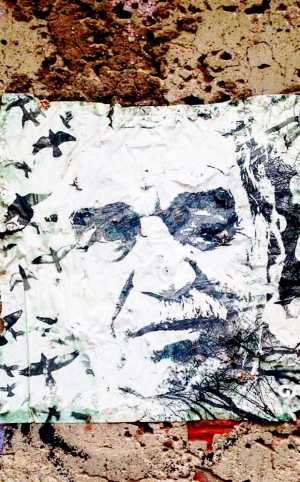
Each of the stones in its streets evoke musical notes and novels by Gabriel García Márquez.
In the historic center and the Getsemaní neighbourhood, almost all the tourist attractions and most of the hostels are concentrated.
The Ciudad Amurallada is a must see place. It is one of the cities main attractions. Once you get there, it is easy to understand why it was declared an UNESCO heritage site.
When you enter the walled city you will find so many things to see and do. You can go to the Inquisition Palace where they expose the instruments of torture common at that time.
Another of the places is the Zenú Gold Museum, which exhibits gold objects that were manufactured by the Zenú culture before the Spanish conquest.
Entering the Walled City of Cartagena is like stepping into a time machine and reliving the past. You can find old carriages carried by horses, facades that have remained intact, as well as the names and ornaments of the streets.
On the other hand, we have Bocagrande. This neighbourhood was designed with high standards. It is known for having the most important hotels of the city.
Walking around
For those who have never visited the city, I think that being part of Free Walking Tours is a great option. There are Free Walking Tour in English and Spanish. In the Free Walking Tours you can walk the city (in some cases it is also done by bicycle) while a guide tells you about the history of each place.
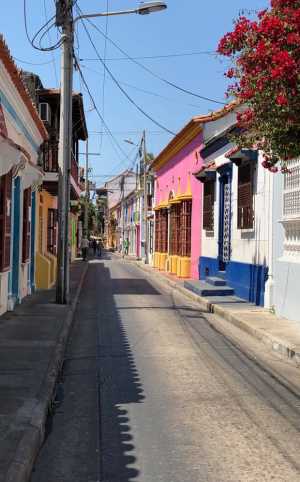
An unmatched amount of photos and jaws dropping is the aftermath of the tour. Some of the essential places to visit and which are my favorite are:
Clock Tower and Plaza de Coches: The famous Clock Tower is one of the entrances to the walled area and one of the most representative symbols of the city. It was established in the nineteenth century. For people like me who are Gabriel García Márquez fans: under the clock tower you can get first editions of your books.
Naval Museum: The museum is located in the historical center, between the San Francisco Javier Bastion and the Temple of San Pedro Claver, with access from the Plaza de Santa Teresa. The building of almost 3,500 square meters, in one part are the “Republican” rooms where you can relive the history of “Cartagena in the Caribbean Sea” and the rooms of the “naval gallery” you can learn the history of navigation models of an old ship, before entering fully into the maritime tradition of Colombia.
San Pedro Claver Church: It was built between 1580 and 1654 and was a national monument. Inside the church, on the main altar, are the remains of San Pedro Claver, a supporter of the rights of the slaves.
Convent of Santo Domingo: XVI convent.

On the shores
Without a doubt, one of the best plans is to see the sunset from the bay. From the Pegasus Pier you can find boats that offer different activities: dinner, party, short trips or longer trips.

The beaches of Cartagena invite you to enjoy hours of fun and rest with your refreshing breeze and the warm waters of the Caribbean Sea.
It is possible, and highly recommended, to take one of the speedboats and take an excursion to the Islas del Rosario (Rosario Islands).
It is an archipelago composed of 43 islands and is 46 km southwest of the city.
The city offers a wide range of possibilities in terms of accommodation. There is something for everyone, from luxury hotels to budget hostels.
On the shores of the Caribbean Sea and with one of the best preserved colonial helmets of the continent, Cartagena de Indias is one of the tourist destinations in Colombia and the world.
About the food
In terms of food, Cartagena offers everything. From typical food to Italian restaurants, sushi houses, food trucks or Peruvian cevicherías.
The gastronomy of Cartagena is another expression of the colombian wealth. Alternatives are multiplied for travellers seeking to experience new and exotic flavours of local and international cuisine. The typical dishes of Cartagena explore Afro, indigenous and European elements.
If we talk about typical Cartagena food (and at a popular price), throughout the city it is possible to find menus for approximately COP 9,000 (US $ 3).
Other dishes to try are: Cheese fingers and cheese sticks (the fingers are fried and smaller and these are baked and have cheese on top too). Rice with coconut. I think there is nothing better than a mazorca desgranada.
The walled city is a medley for all tastes and wallets. It is considered by many as one of the most beautiful, fascinating and magical cities in the world.
If you are interested in visiting the beaches, the closest and most beautiful are those of the Tierra Bomba Island, just 10 minutes by boat from Castillogrande, on the island there is a varied offer of restaurants, hotels, and the beach club Bomba Beach.
Under the stars
At nightfall, Cartagena is warm, radiates its own light, comes alive and transforms. The party in this city is crazy. It has a hectic night activity. The offer to go out to have fun and enjoy the nights in this place, extends throughout the week, although Wednesdays and Saturdays are the main days to “rumbear”.
The bars inside the walled city are good places to have first drinks. However, if you want to live a total immersion in the Cartagena march, you must continue the night in the Zona Rosa.
The Zona Rosa (party zone in Colombian cities) of Cartagena is in the area of Getsemaní.
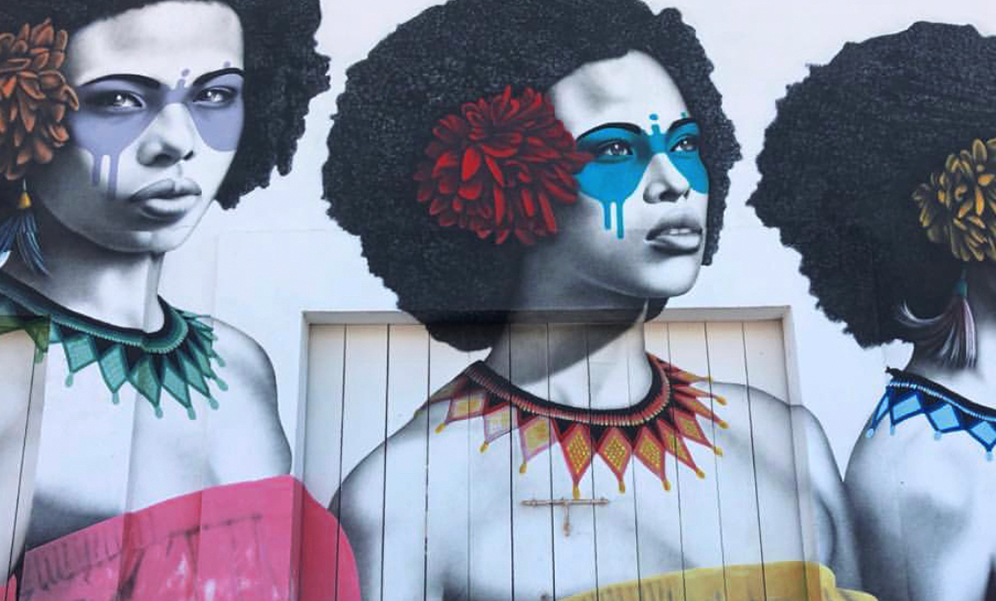
There are several bars of reggaeton, Latin music and even rock, but the one that everyone knows is the legendary Mr. Babilla, who celebrates his 25th anniversary this year. His crocodile, a pet with much more grace than his French brother from Lacoste, is famous throughout Colombia.
Officially bars should close at 3 in the morning. But, if one wants to continue partying, the best thing to do is to ask the waiters or the local people and always give the best information about afters.
Sleeping and discovery
The accommodation options are diverse: choose, for example, the traditional colonial hotels or exclusive boutique hotels that provide a unique experience for its details and personalized services and immerse yourself in a truly unforgettable experience.
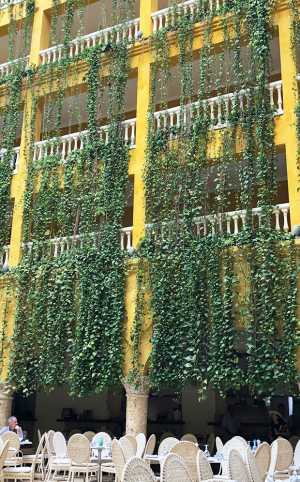
The breakwater of Bocagrande was built in order to prevent the passage of ships through the Boca Grande, between Punta Icacos and Tierrabomba. This defense dam integrates the architectural complex that was declared a Historical and Cultural Heritage of Humanity by UNESCO.
The Calle del Arsenal is one of the most picturesque streets of Cartagena because of the cafes, the terraces, the restaurants, the bars, the discos and the boutiques. The street is born in front of the Convention Center.
To my taste, the night of the walled city lives in the Plaza de Santo Domingo. There abound bars, antique shops, jewelry stores, cafes and restaurants.
Visiting the volcano of Totumo is a very fun plan to go either with friends or with the family. This great tourist attraction, considered as an exotic and natural wonder is approximately 20 meters high, mud flowing permanently, it is warm and dense, and impossible to sink in it.
Living in a dream
The climate is tropical. This means that temperatures do not vary much during the year but it has two very marked seasons in terms of rainfall. Throughout the year temperatures range between 28 ° C and 32 ° C (with 90% humidity). Forever.
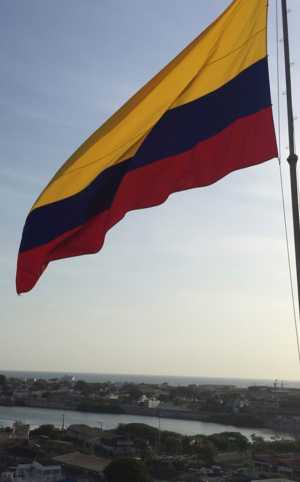
To my taste, the best time to visit this city is the dry season. This means from December to April. I always traveled on December 25th and returned to Bogotá on January 4th. But, it is the season with the largest number of tourists which makes the prices a little higher. The rainy season is from May to November.
Cartagena de Indias delivers all the charm of its history and the legacy of ancestors that made it great and made it one of the most important tourist destinations in Colombia.
Everything shows us a generous and radiant city, with spaces to interact with nature and know the culture.
Monuments, streets, walls, colonial houses and various places for the tastes of all travellers. Ideal spaces to rediscover history and create your own. This is a town that carries the taste of the Caribbean in its stories.


